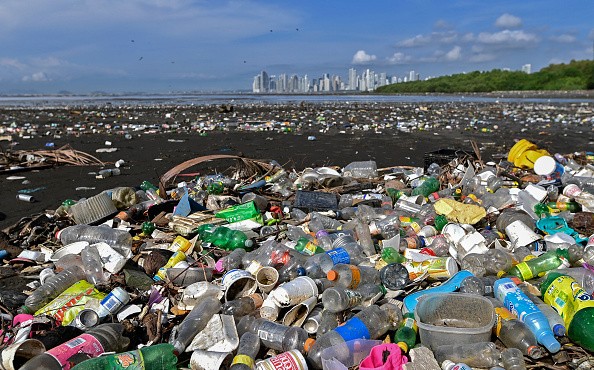Between Hawaii and California is the Pacific Ocean where a massive collection of debris floats and has been piling up trash for a long time - from fishing nets to microplastics which are believed to cause harm to the marine environment.

System 002
For years, researchers said getting rid of the Great Pacific Garbage Patch might be impossible, but one non-profit is presently proving that they are wrong.
In July, The Ocean Cleanup, which has been making effort to develop a system that can help in cleaning up the Great Pacific Garbage Patch, brought its first large-scale cleanup system to the Pacific.
The system is referred to as System 002, or Jenny. Over the course of 12 weeks, they carried out a series of tests, each one has to do with the system carried offshore to successfully gather plastic from the ocean.
Last week, the organization finalized its last test of the system, and The Ocean Cleanup tweeted Thursday that it had succeeded in gathering 9,000 kilograms of debris which is over 19,841 pounds.
"Holy mother of god," the founder of Ocean Cleanup, Boyan Slat, tweeted after the organization got back its massive trash haul on the 8th of October. "It all worked!!! Massive load."
Great Pacific Garbage Patch
Slat revealed that 10 years ago, when he initially found out about the Great Pacific Garbage Patch, everyone was telling him "there was no hope of ever cleaning it up."
He tweeted: "They were right then; no method existed to do it. Proud (and relieved!) to say that now there is."
The Great Pacific Garbage Patch is one of the world's largest marine debris patches, The Ocean Cleanup says.
As per the National Oceanic and Atmospheric Administration, marine garbage patches like the one in the Pacific are large regions where litter and other debris collects. The way the aquatic piles can be formed is by rotating currents referred to as "gyres." They are like "big whirlpools that pull objects in."
The ocean has five gyres - Indian has one, Atlantic has two and the Pacific also has two - and each gyre has garbage patches of various sizes. The most popular of these piles is The Great Pacific Garbage Patch.

How Jenny Works
System 002 works by two boats gradually guiding a barrier that is U-shaped through the contaminated region.
As per the organization, the garbage patch's circulating currents take the plastic around, and their system assists in guiding that plastic into the retention zone of the system. Immediately the system becomes full, workers dispose of the plastic on the marine vessel.
After they collect enough debris during the excursion, workers carry the plastic to shore for recycling, and The Ocean Cleanup makes use of some of the gathered plastics to make products again.
The system is designed in such a way that it can gather even microplastics whose sizes are just in millimeters.
Related Article : More Plastics than Fishes Will Be Found in Oceans by 2050
For more news, updates about ocean plastics and similar topics don't forget to follow Nature World News!
© 2025 NatureWorldNews.com All rights reserved. Do not reproduce without permission.





